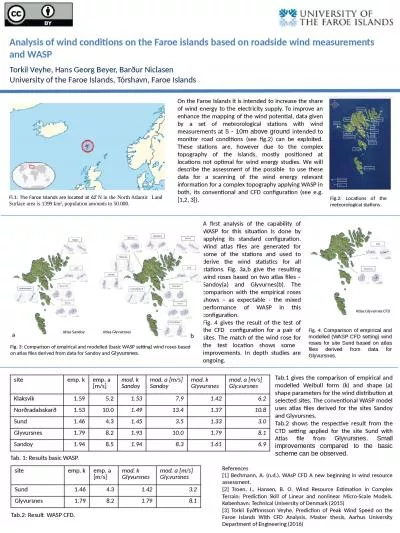PDF-The Beaufort Wind Scale Land The Beaufort scale was long in us
Author : roxanne | Published Date : 2022-08-16
The Beaufort Wind Scale Water The Beaufort scale was long in use as a system for estimating wind speeds It was introduced in 1806 by Admiral Sir Francis Beaufort
Presentation Embed Code
Download Presentation
Download Presentation The PPT/PDF document "The Beaufort Wind Scale Land The B..." is the property of its rightful owner. Permission is granted to download and print the materials on this website for personal, non-commercial use only, and to display it on your personal computer provided you do not modify the materials and that you retain all copyright notices contained in the materials. By downloading content from our website, you accept the terms of this agreement.
The Beaufort Wind Scale Land The Beaufort scale was long in us: Transcript
Download Rules Of Document
"The Beaufort Wind Scale Land The Beaufort scale was long in us"The content belongs to its owner. You may download and print it for personal use, without modification, and keep all copyright notices. By downloading, you agree to these terms.
Related Documents

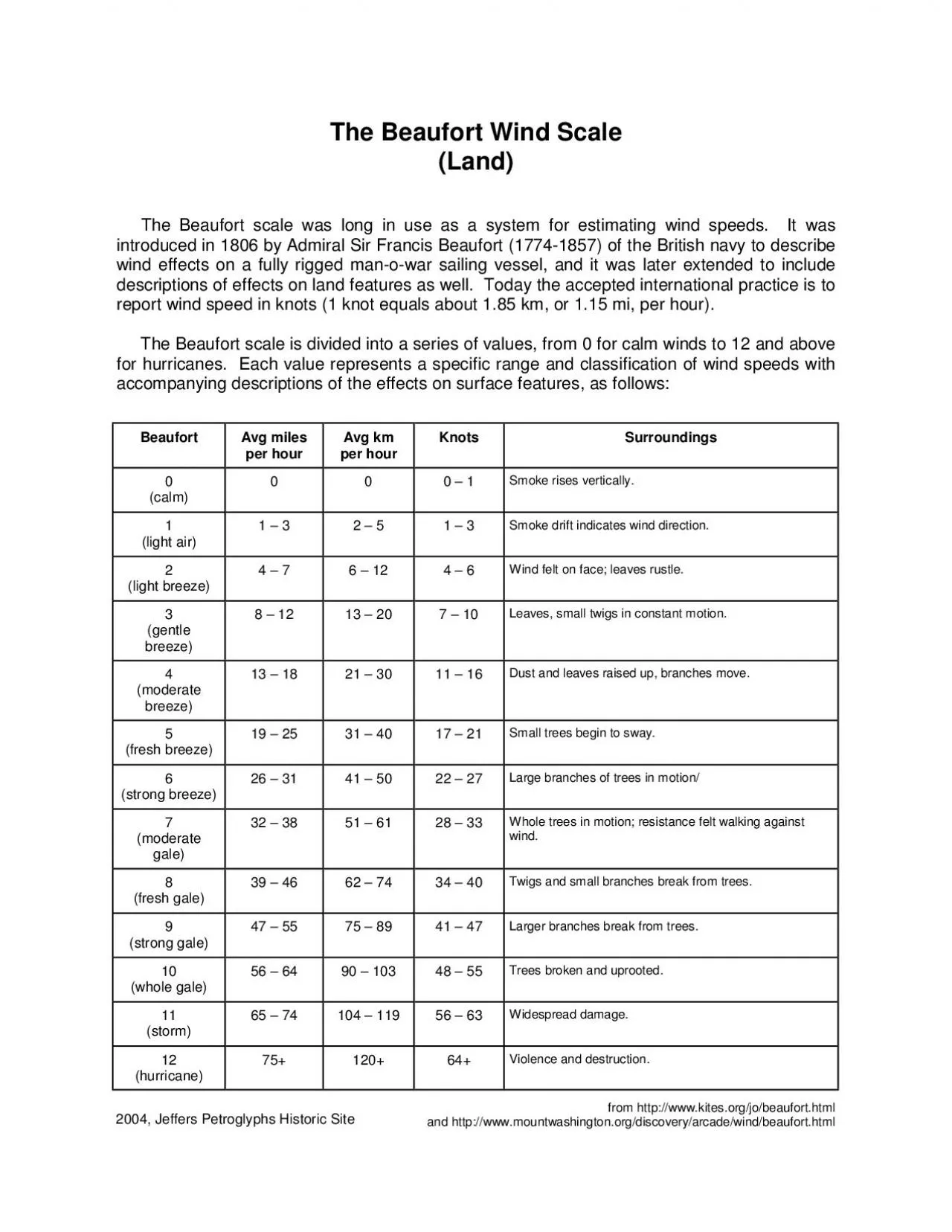

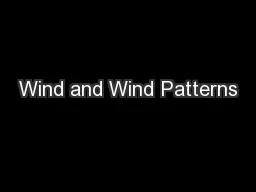
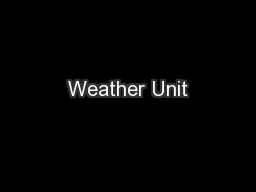

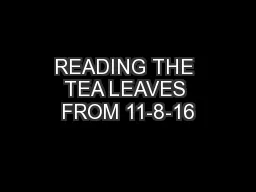
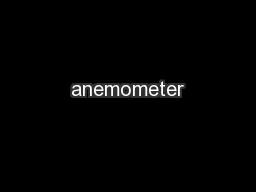


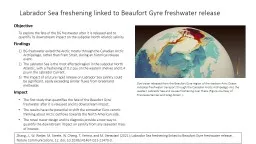


![[BOOK]-Close to the Wind: The Beaufort Scale](https://thumbs.docslides.com/956629/book-close-to-the-wind-the-beaufort-scale.jpg)
